Transforming your living space shouldn’t come at the expense of the planet. Sustainable upcycling projects for home décor embrace creativity while reducing waste, turning discarded or unused items into beautiful, functional pieces. These imaginative undertakings encourage a mindful approach to decorating, encouraging homeowners to rethink consumption and embrace eco-conscious choices. From reimagined furniture to unique art pieces, upcycling seamlessly blends environmental responsibility with personal style, creating a home that tells a uniquely sustainable story.
Creative Uses for Reclaimed Wood
Rustic Shelves with Character
Transforming reclaimed wood into rustic shelves adds both utility and charm to any space. Each plank tells a story, with its knots and grain patterns offering a touch of authenticity that mass-produced items lack. By mounting these shelves in your living room or kitchen, you not only gain functional storage but also introduce a conversation piece that illustrates your commitment to sustainability. Such shelves celebrate the beauty of imperfection, inviting you to display treasured books, plants, or keepsakes on surfaces steeped in history.
Handmade Coffee Tables from Old Floorboards
A coffee table crafted from old floorboards becomes the centerpiece of a room, blending sustainability with style. These tables often reveal traces of paint, nail holes, or weathering that hint at their former life, providing a sense of continuity and respect for resources. The process of building your own table from salvaged wood is rewarding—offering the chance to customize size and shape while reducing environmental impact. The finished piece not only grounds your living space but also stands as a testament to thoughtful, eco-minded design.
Wall Art from Salvaged Panels
Wall art constructed from reclaimed panels transforms empty walls into focal points bursting with individuality and history. By arranging pieces in geometric patterns or creating abstract mosaics, you add artistic flair while diverting materials from waste streams. The visual complexity and organic texture inherent to reclaimed wood lend depth to any room, letting you craft a sustainable gallery that reflects both creativity and environmental consciousness. Such projects provide a striking example of how discarded materials can find new life in meaningful, beautiful forms.
Upcycling Glass for Vibrant Accents
Decorative Bottles as Unique Vases
Glass bottles are easily transformed into one-of-a-kind vases, lending personality and sustainability to table settings or window sills. Whether painted, stained, or left clear to showcase wildflowers, these vessels bask in sunlight, casting luminous patterns and making any space feel brighter. Crafting vases from repurposed bottles embraces the imperfect beauty of upcycling—celebrating organic shapes and colors that might otherwise be discarded. The process also inspires mindful gathering of materials, fostering a deeper appreciation for everyday objects.
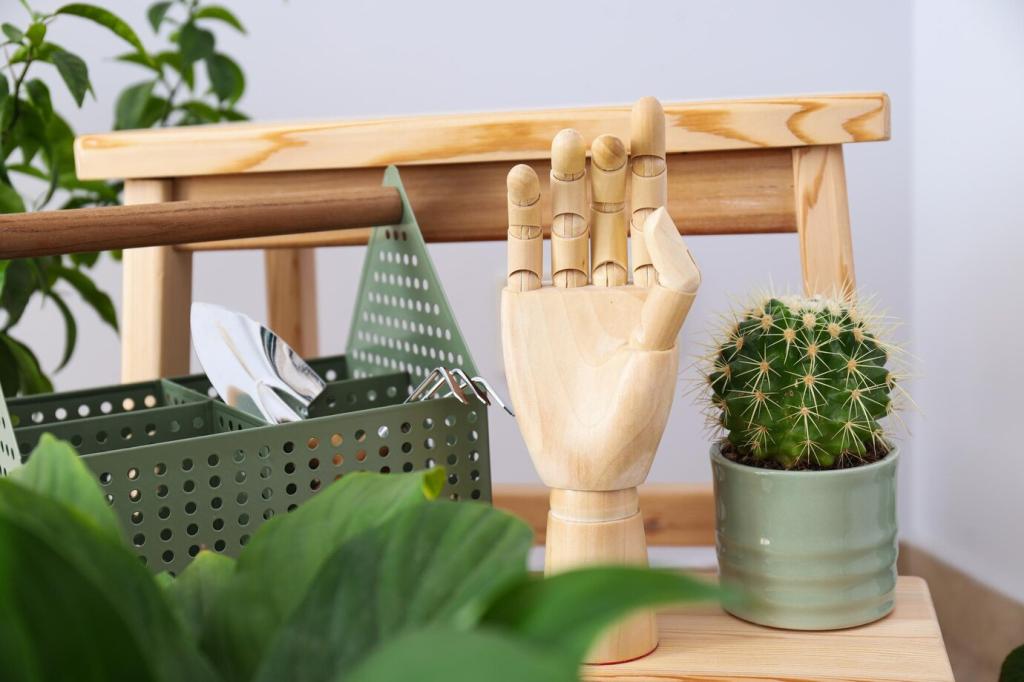
Previous
Next
Metal Magic: Upcycled Industrial Elements
Lighting Fixtures from Plumbing Pipes
Discarded plumbing pipes can be transformed into striking lighting fixtures, combining utility with industrial aesthetics. By assembling pipes in creative configurations, you can craft pendant lights, desk lamps, or wall sconces that contrast beautifully with soft bulbs and natural elements. These fixtures exude a sense of innovation and sustainability, proving that functional art can arise from unlikely foundations. The resulting lighting is not just practical, but a celebration of resourceful design.
Planters from Repurposed Cans
Repurposing metal cans into planters is a simple yet impactful way to garden indoors while curbing waste. Their metallic sheen and varied shapes offer plenty of design versatility, allowing for painted, wrapped, or stacked creations. When populated with herbs or succulents, these upcycled planters add greenery and life to kitchens or offices, reinforcing environmental values every day. The project reminds us that beauty often lies in the overlooked and discarded.
Furniture Accents with Metal Hardware
Reclaimed metal hardware—hinges, brackets, or handles—can be artfully integrated into furniture for unique, sustainable accents. Whether used as drawer pulls or incorporated into custom shelving, these components embed a sense of history and craftsmanship into each piece. They also introduce a tactile, contrasting element that elevates the look and feel of ordinary furnishings. Upcycling hardware not only celebrates material cycles but also imbues everyday objects with resilience and character.
Reimagining Everyday Objects
A step ladder, often relegated to storage or disposal, can be upcycled into a freestanding shelving unit full of charm and character. By painting or refinishing the wood, and adding planks across the steps, you create a unique piece that organizes and displays books, plants, or collectibles. This inventive transformation not only diverts functional items from landfills but also introduces a playful, conversation-starting element to any room.
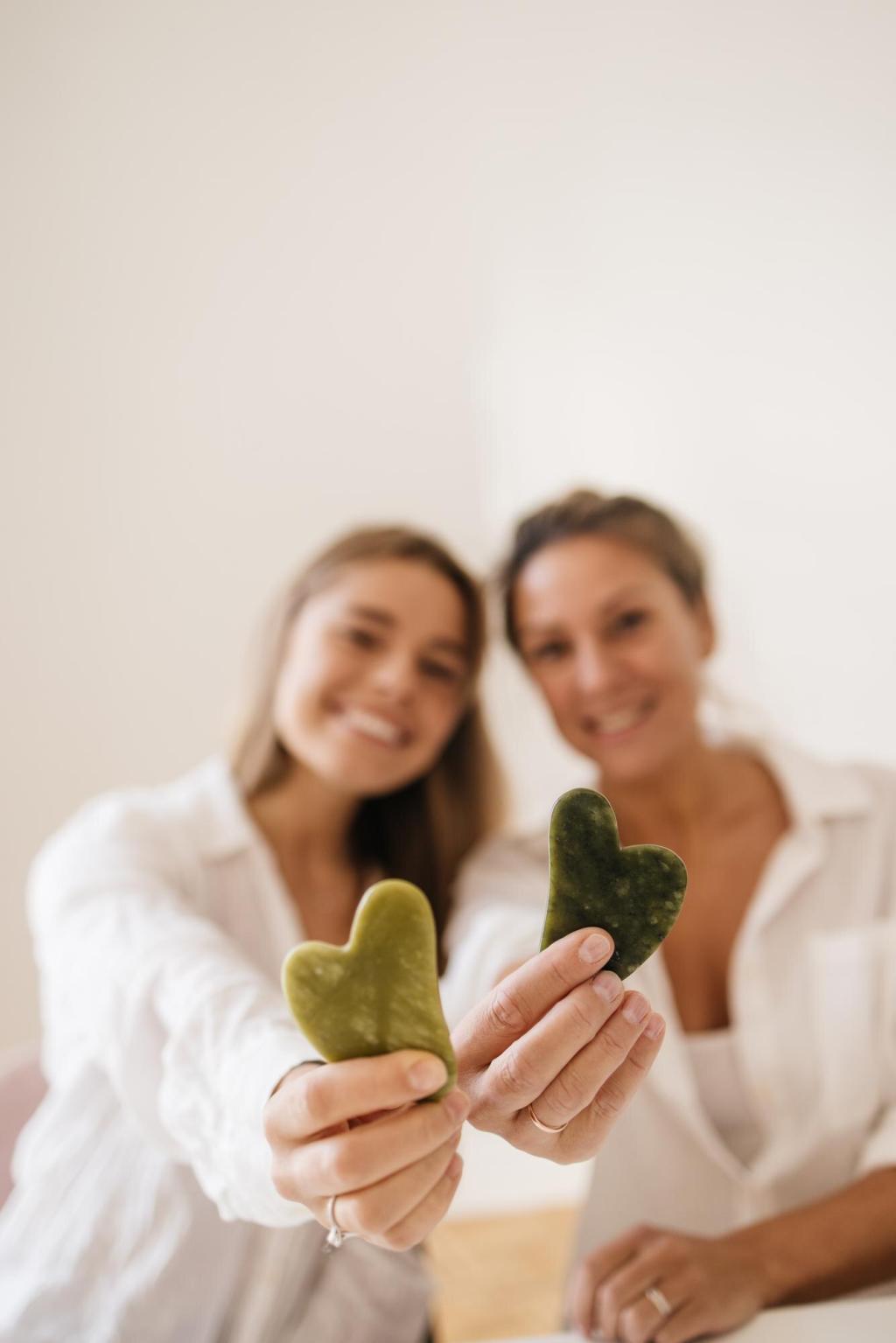
Using Low-VOC and Natural Paints
Opting for low-VOC (volatile organic compound) or natural paints during upcycling projects reduces harmful emissions and creates a healthier home environment. These paints, made from plant-based or mineral ingredients, are safer for both the planet and its inhabitants. Applying them to furniture or décor ensures that each upcycling endeavor carries your environmental commitment beyond the object itself, into the very air you breathe.
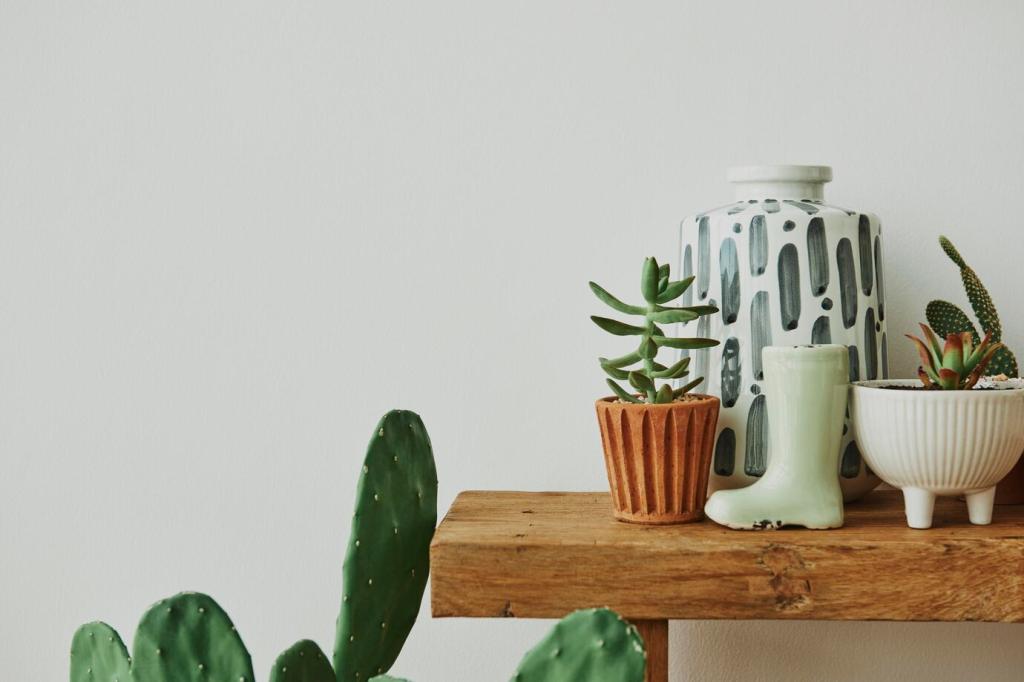
Creating Textured Finishes with Upcycled Tools
Many household items—sponges, rags, or even old brushes—can be repurposed to create innovative paint finishes. These textured techniques add dimension and interest to walls, furniture, or frames, all while making use of tools that might otherwise be discarded. By experimenting with patterns and layering, you can develop a signature style, proving that sustainability and artistic expression go hand-in-hand.
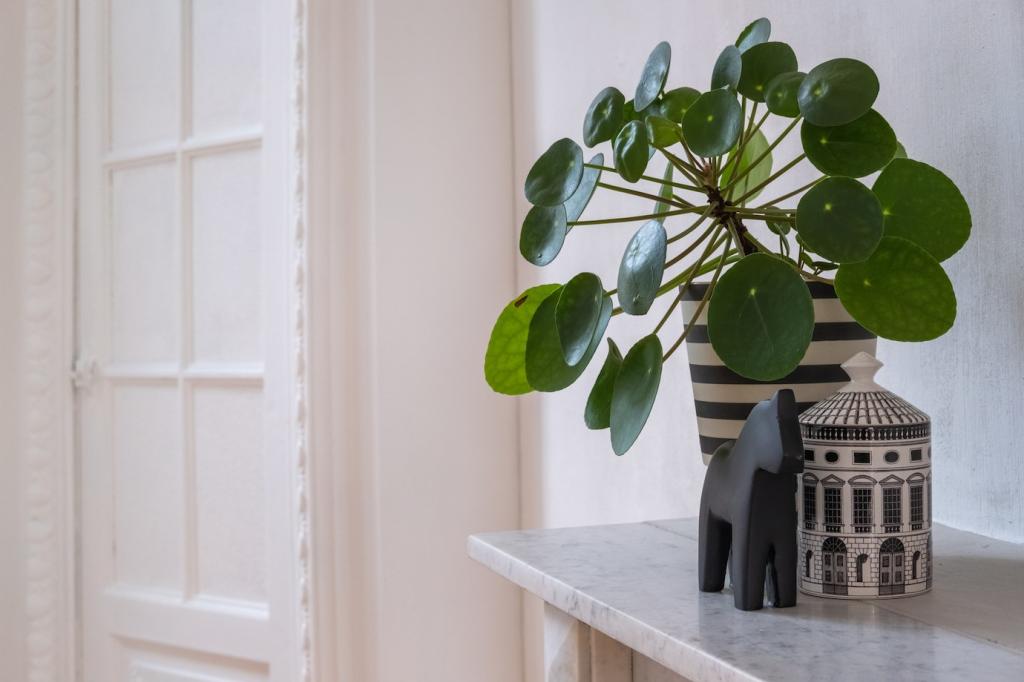
Stenciling and Hand-Painting for Personalization
Stencils and hand-painted motifs offer a personalized touch to upcycled décor and allow for maximum creativity. These techniques let you refresh tired pieces while reducing the need for new materials or chemical-laden finishes. By designing custom patterns or meaningful emblems, you infuse each project with individual spirit and narrative. Stenciling and hand painting not only revitalize items but also turn them into cherished heirlooms with stories to tell.
Outdoor Upcycling for Garden Spaces
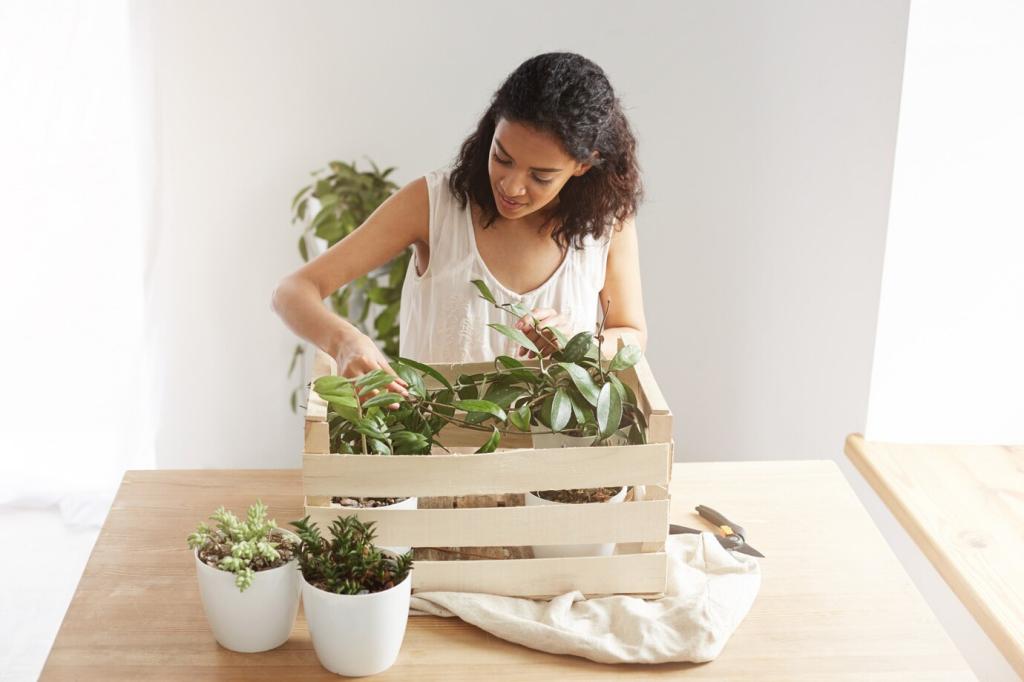
Pallets to Planters
Wooden pallets, often discarded after shipments, can become versatile planters for vegetables, flowers, or herbs. By disassembling and reassembling pallets, you can create vertical gardens or raised beds that maximize urban or compact spaces. These planters bring greenery to patios and balconies while championing the cause of waste reduction, turning overlooked materials into flourishing life.
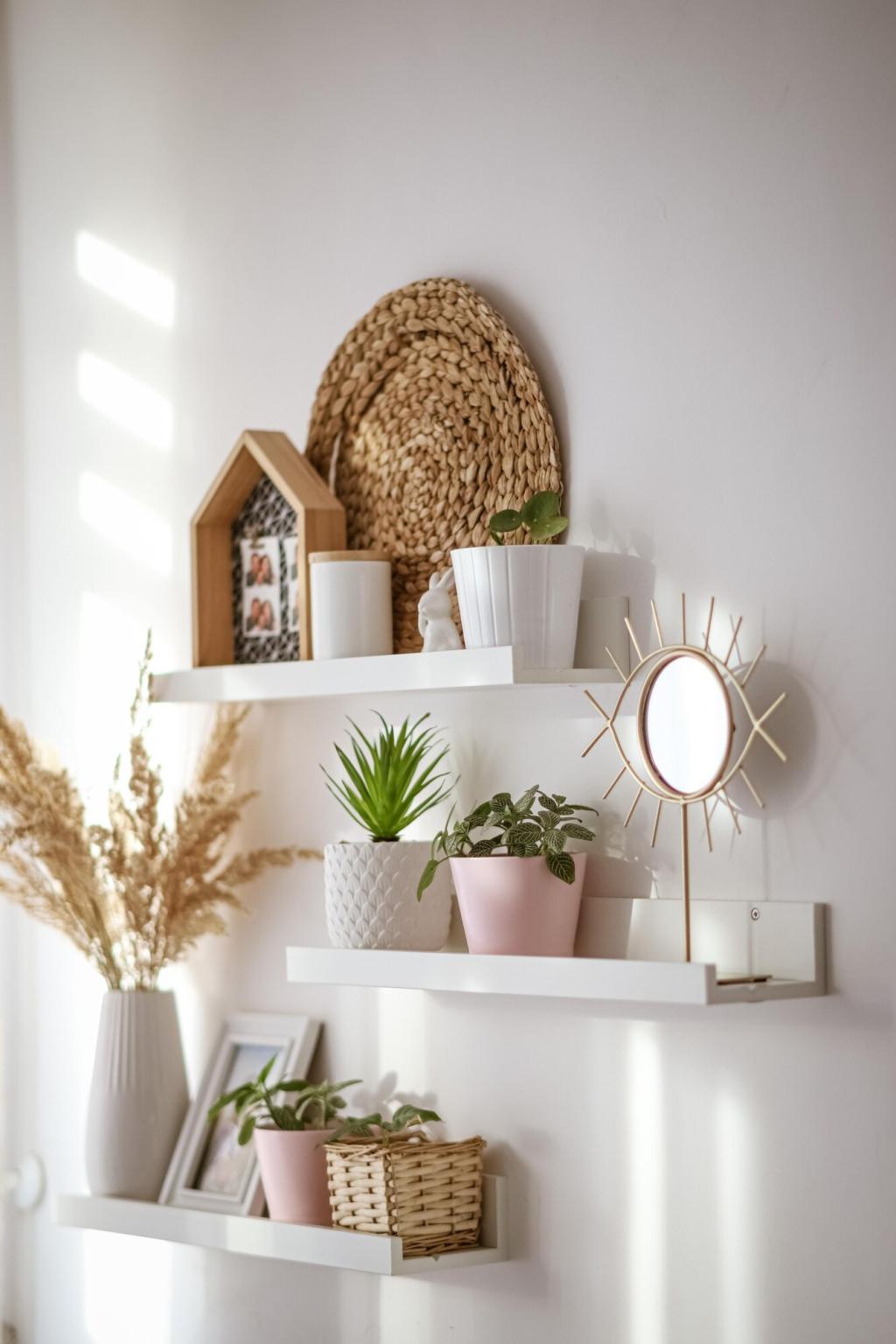
Old Tires as Playful Garden Seats
Worn-out tires, a persistent environmental challenge, can be upcycled into vibrant outdoor seating. Painted in bold colors and stacked with cushions, tires transform into playful stools or benches for gardens and playgrounds. This not only diverts waste but also adds youthful energy and creativity to your outdoor décor, proving that environmental responsibility and fun can thrive side by side.
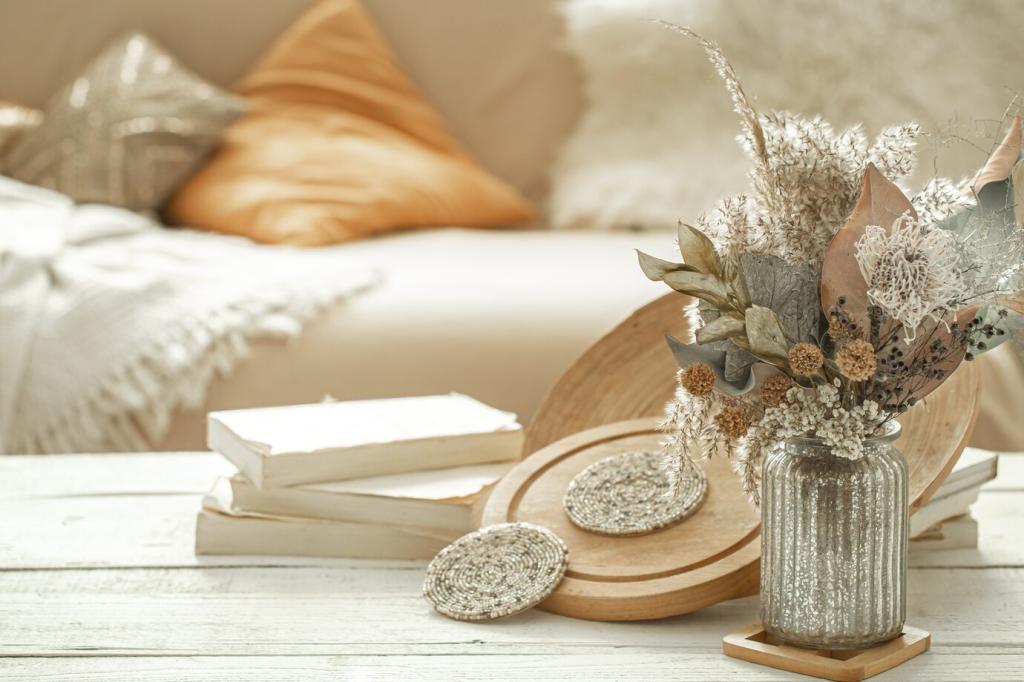
Broken Ceramics for Eclectic Pathways
Chipped plates and shattered tiles need not become landfill—they can be upcycled into striking garden pathways. By embedding ceramic fragments in concrete or soil, you craft whimsical mosaic trails that guide footsteps and spark curiosity. The colors and patterns of the broken pieces provide dynamic visual interest, blending artistry with sustainability and giving new life to memories.
